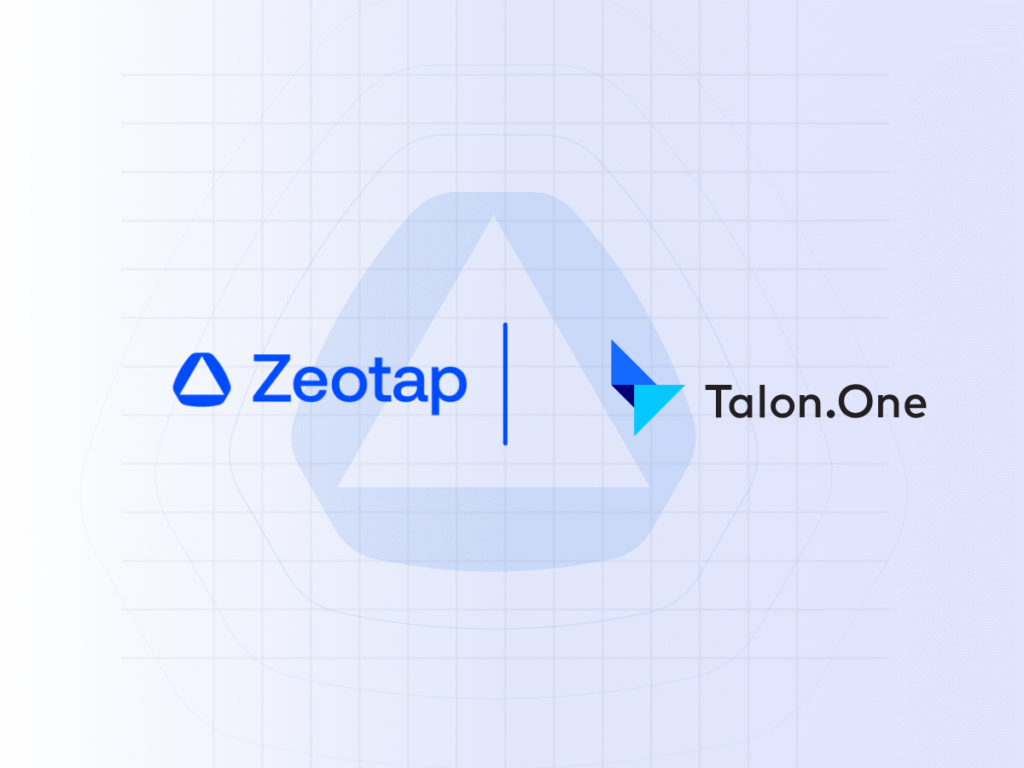
What is a Single Customer View (SCV)?
A single customer view (SCV), also called a 360 degree customer view, is a single, consolidated record of all the data a company has on a single customer. This data can come from any number of sources, including CRM systems, email platforms and purchase history.
A single customer view provides a wealth of benefits to businesses. Not only does it help them better understand their market, but this comprehensive view of individual customers is a critical foundation to delivering personalised marketing and customer service.
Using best-in-class tools like Customer Data Platforms to do this can even allow for the use of machine learning to make these activities even more impactful.
Sound broad? That’s because it is: the applications of a single customer view range far and wide, particularly in an age of data privacy. So in this article, we break down some of the most commonly-seen use cases of a single customer view to help you see how your business’s needs compare.
1. Increase customer lifetime value (CLV)
A single customer view means that you have a complete picture of a customer’s purchase history, allowing you to form segments based on their spending. With these segments in hand, you can then use your marketing stack to deliver tailored campaigns that increase upsell and cross-sell to deliver a higher customer lifetime value.
For example, you could target lower-spend segments with campaigns that encourage more regular spending, versus targeting high-value customers with rewards for their continued loyalty.
However, all good marketers know that there’s more to determining a customer’s potential customer lifetime value than just how much they’ve spent in the past – there are factors such as how regular that spending is, and whether that customer’s pattern has changed (for better or worse) over time.
So to go a step further, you can leverage machine learning, such as Zeotap’s Predictive Audiences feature, to apply a Recency-Frequency-Monetary algorithm to your customer data, which will do the hard work for you in identifying who your ‘big spenders’ are, as well as those who could be at risk of churn.
2. Increase customer loyalty and retention
Increasing customer retention rates should be a top priority for any business, given that the cost of acquiring new customers gets steeper by the day. Once again, this is where a single customer view can make a pivotal difference.
In the long-term, a single customer view enables greater personalisation across the whole customer journey – from the moment the customer is first acquired, until long into their repeat purchases. This includes contextual targeting, paid social media advertising, and other digital marketing strategies you will use.
By collecting data from multiple sources and unifying it into a single customer view you can deliver targeted marketing campaigns that create a more personalised experience:
This personalisation should in turn lead to higher engagement, purchase rates and retention over the course of the life of the customer.
The impact of data-driven personalisation on retention can be seen in the example of Spotify. By using data on what types of music a user frequently listens to, the app presents them with five personalised daily playlists based on the music they enjoy, encouraging continuous engagement and retention.
A single customer view also has a role to play in making sure that customers who are likely to churn don’t end up doing so.
Once again, a single customer view combined with machine learning will allow you to figure out what kind of patterns of behaviour indicate high churn potential – with this information in hand, you can readily identify those customers that fit your ‘churn criteria’, targeting them with messages and incentives that encourage them to stay.
3. Triage customer complaints and support requests
As any business knows, sorting through support requests can be a time-consuming process, and it can be difficult to know which ones to prioritise.
One way to streamline the complaint handling process is to implement a single customer view.
By consolidating data from multiple sources, it can provide a comprehensive picture of each customer’s interaction with your organisation, helping a customer service agent progress queries without having to ask the customer to repeat information – a process that in itself can cause further friction.
In addition, a single customer view can help you to prioritise complaints by identifying those that are most likely to result in customer churn (as mentioned in our last point), helping ensure that high-value complaints are given the attention they deserve.
4. Increase conversion by personalising webpages
A single customer view (SCV) can help personalise website content to create a more personalised experience for visitors, resulting in higher engagement and conversion rates. This requires the use of website personalisation tools such as Dynamic Yield or Optimizely, integrated with a Customer Data Platform that houses the single customer view.
For example, customers known to be interested in a certain product can be shown more content related to that subject – likewise, customers located in a certain geographic area can be shown content and information specific to their market.
E-commerce giant Amazon is a prime example of a retailer deploying website personalisation to increase customer conversion rates.
Its algorithms learn individual users’ interests through the products they purchase, or the products they view on the site. It then collects this information and uses it to personalise the website experience with suggestions relevant to the user.
5. Increase ROAS through more efficient ad spend
With the rising cost of digital advertising hurting marketers’ ability to deliver strong ROAS (return on ad spend) and overall ROI, it’s critical that ads are targeted with the utmost precision. Once again, this is where the data supplied by a single customer view can come to the rescue.
This works by having a CDP that integrates with the programmatic ecosystem (i.e. walled gardens and Demand Side Platforms) in order to leverage the segments created based on a single customer view across ad campaigns.
This is exactly what Zeotap did for a UK based telecom company. By unifying data silos and enriching this with Zeotap’s ID graph, we were able to create extremely valuable retargeting audiences, and exclusion lists.
A critical use of this is suppression – an advertiser can ensure it doesn’t waste money targeting its existing customer base by creating a segment of known customers out of its single customer view, then passing it across as an audience to suppress.
But the use of a single customer view in programmatic advertising goes far beyond this – such as more effective retargeting – but particularly as third-party cookies will disappear from the advertising ecosystem in late 2023 (i.e. the cookieless future).
A single customer view based on a rich volume of first-party data will be a marketer’s key to being able to target on a granular level in this new paradigm.
6. Data privacy compliance
In today’s digital world, businesses are collecting more customer data than ever before. This can be incredibly valuable, but it can also pose a risk to consumer privacy – and once again, this is where a single customer view is critical.
Because customers now interact with businesses across multiple touchpoints – such as brick-and-mortar, email, social media to name a few – there are dozens of opportunities for an individual to change their preferences with regards to how a business can use their personal data.
This creates a nightmare for privacy compliance if this data is held in different silos: a customer who gave consent to use data when they signed up to email might have since retracted it through customer service.
A single customer view should bring together not only the customer’s data itself, but also the records with regards to consent, creating a clear ‘yes/no’ picture of whether and how that individual’s data can be used. This is more commonly known as ‘consent orchestration’ and can’t be achieved without a single customer view:
How Zeotap can help
At Zeotap, we’re excited to offer a next generation CDP that helps businesses realise all the potential benefits a single customer view can deliver.
With our CDP, you can collect, unify, segment and activate your data to create trusted golden records that can bring together disparate data across channels to provide one singular customer profile.
You can then activate your customer profiles for use in targeted marketing campaigns…all while putting customer privacy front-and-centre.
If you’re ready to transform your marketing efforts, request your free demo today.





